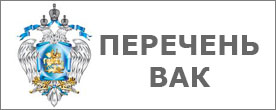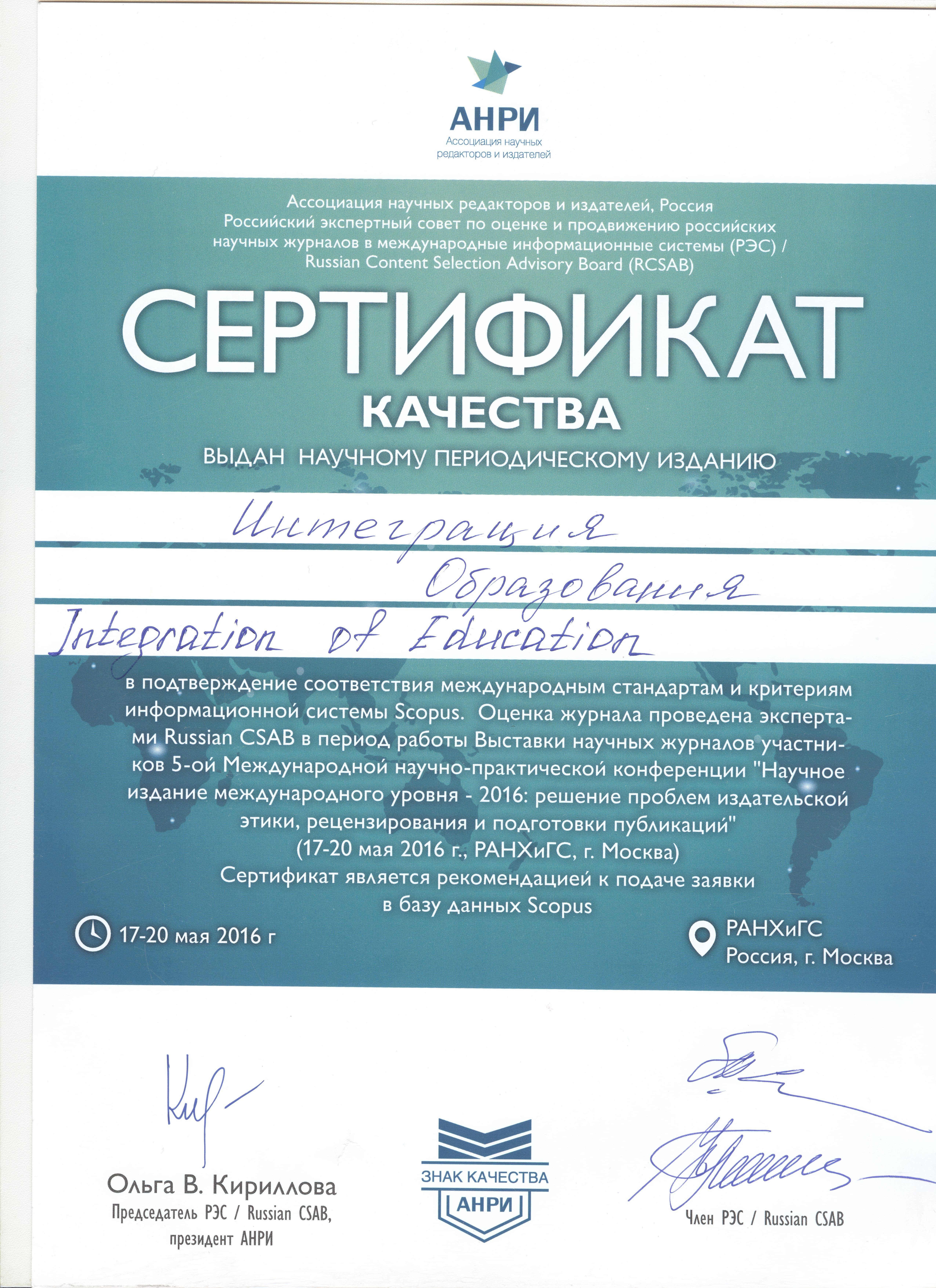DOI: 10.15507/1991-9468.111.027.202302.325-339
Color Differentiation of Digital Risks in Teacher Education
Maxim L. Grunis
Senior Lecturer of the Chair of Pedagogy, Kazan ( Volga Region) Federal University (18 Kremlevskaya St., Kazan 420008, Russian Federation), ORCID: https://orcid.org/0000-0002-6952-0472, Researcher ID: D-6759-2019, This email address is being protected from spambots. You need JavaScript enabled to view it.
Galiya I. Kirilova
Dr.Sci. (Ped.), Professor, Professor of the Chair of Pedagogy of Higher Education, Kazan (Volga Region) Federal University (18 Kremlevskaya St., Kazan 420008, Russian Federation), ORCID: https://orcid.org/0000-0002-4089-9554, Scopus ID: 56518193700, Researcher ID: K-7718-2015, This email address is being protected from spambots. You need JavaScript enabled to view it.
Abstract
Introduction. At the present stage of education digital transformation, the urgent task is being addressed to train educators who are ready to meet the challenges and risks of a changing and unstable digital world. Digital risks differentiating and adjusting the course of digital learning for future educators constitute the study problem and goal. The paper draws attention to the issues of digital transformation in the educational system carried out under conditions of uncertainty, as well as ways and opportunities to adjust the course of digital learning, ensuring the readiness of future teachers for the changes that are coming in the near and distant future.
Materials and Methods. Leading research methods: system analysis of digital risks in teacher education, scenario modeling of network interactions and digital learning in basic risk situations, pedagogical experiment. The dynamic set of analytical and predictive judgments of future teachers about the possibilities of overcoming risk situations constitute the experimental materials. In research, digital risks are differentiated by three definable parameters: subjective sense of danger, relative risk and probability of threat.
Results. The algorithmic model provides risk classification features and color codes. Their influence on the choice of safe behavior strategies in basic risk situations associated with networking and digital learning is described. The study reveals the authorʼs idea of risks color differentiation, which in this paper is illustrated by examples of teachers’ professional activities in networking and digital learning situations. The paper practical significance lies in pedagogical influences of algorithmic model approbation in risks situations of different danger levels: especially dangerous, moderate and underestimated risks in the dynamic digital space. It is concluded that actions in danger situations can be effectively regulated by light signals similar to a modified traffic light. Each signal can be matched with an individual scenario included a stereotypical behavior algorithms set that is assigned considering the real danger and subjective feeling on it, the basic scenario and prediction corresponding to it. The survey final measurements showed that the future teachers who passed the experimental training significantly decreased their subjective sense of danger.
Discussion and Conclusion. The pedagogical experiment reveals that the study of risk situations, pedagogical activity scenario modeling and orientation to color cues in typical risk situations reduce the teachers’ uncertainty sense and give positive shifts in teachers’ training.
Keywords: risk differentiation, networking, digital learning, pedagogical education, dynamic information environment
Conflict of interest: The authors declare no conflict of interest.
For citation: Grunis M.L., Kirilova G.I. Color Differentiation of Digital Risks in Teacher Education. Integration of Education. 2023;27(2):325–339. https://doi.org/10.15507/1991-9468.111.027.202302.325-339
All authors have read and approved the final manuscript.
Submitted 27.01.2023; revised 13.03.2023;
accepted 20.03.2023.
Author contribution:
М. L. Grunis – theoretical analysis of sources; preparation of instruments for data collection; development of questionnaires and conducting preliminary and final testing of future teachers, conducting the experiment; analysis and interpretation of research results; collection and processing of primary materials; technical design of the article manuscript.
G. I. Kirilova – theoretical analysis of sources; development of the concept and definition of research strategy; development of theoretical and methodological foundations of the research; conducting the experiment; mathematical and statistical processing of empirical data; generalization of research results; preparation of analytical and graphical materials.

This work is licensed under a Creative Commons Attribution 4.0 License.





























